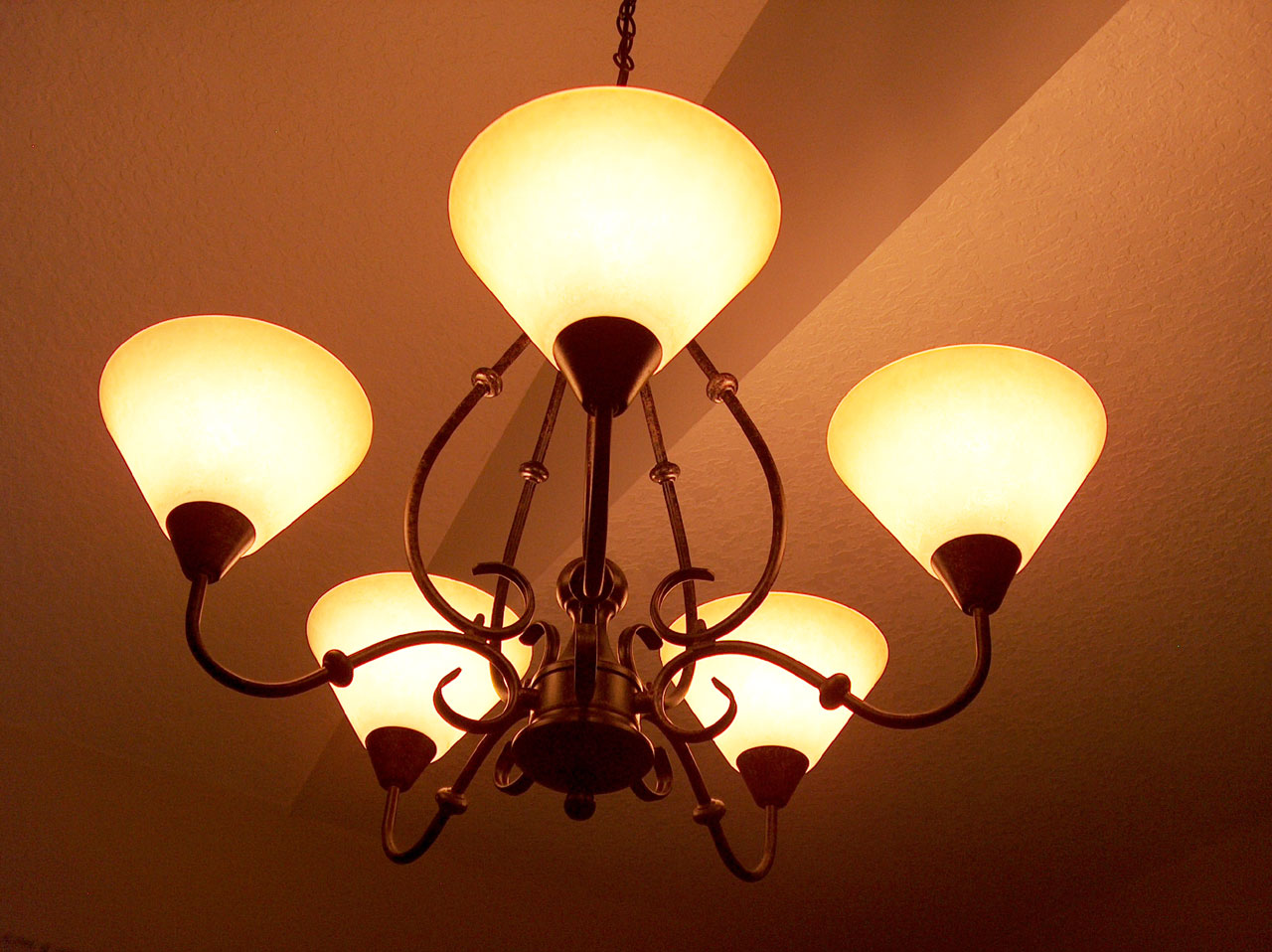Personal vs. Real Property: Can I Take The Chandelier?
Whether a seller is allowed to remove the chandelier when he sells his house or whether it must stay with the property, can present problems at the time of closing. When you purchase a home you will be buying what is considered real property. Real property means anything that is part of the land or which is attached to the land. Real property may also be anything which is incidental or appurtenant to land or which is considered immovable by law. In contrast to real property, personal property are those items which are movable and can be removed from the property. This may seem fairly clear cut and indisputable, but problems do arise when one party considers an item, such as a chandelier, personal property and the other party considers it a part of the home and real property.
The law specifies several criteria for determining whether an item is considered real or personal property. The law looks at the intention in the manner in which the article, fixture or piece of equipment is attached to the property in order to determine if the item is to be considered real or personal property. The intention of the owner at the time of installation may be hard to determine, so it is important that at the time of the sale that the personal property items are listed in the purchase agreement between the buyer and seller. Any items of questionable intention should be listed on a Bill of Sale, which will transfer ownership of the personal property items.
Chandeliers may be considered real property in some areas, yet may be considered personal property in other areas. It is advisable to list any light fixtures that may be in question in a list of personal property items which will either stay with the property or be removed by the seller. Radiators, appliances, built-in bookshelves, should also be listed in the Bill of Sale.
Personal property items, such as furniture, do not generally present a problem, as these items are not typically fitted or attached to the property. Items which are attached to the property that cannot be removed without doing damage to the real estate are generally considered to be part of the real property. Such items as drapes, blinds, and other window coverings may present a problem when the intention of the parties is not made clear.
The best way to avoid any confusion at closing is to make a list of the personal property items that will be included in the sale and give this list to the closing agent. The Bill of Sale will then be signed at close of escrow by the seller, making it very clear which items stay with the property and which items may be removed.
Copyright © 1999 Sandy Gadow. This column may not be resold, reprinted, resyndicated or redistributed without the written permission from Escrow Publishing Company.


